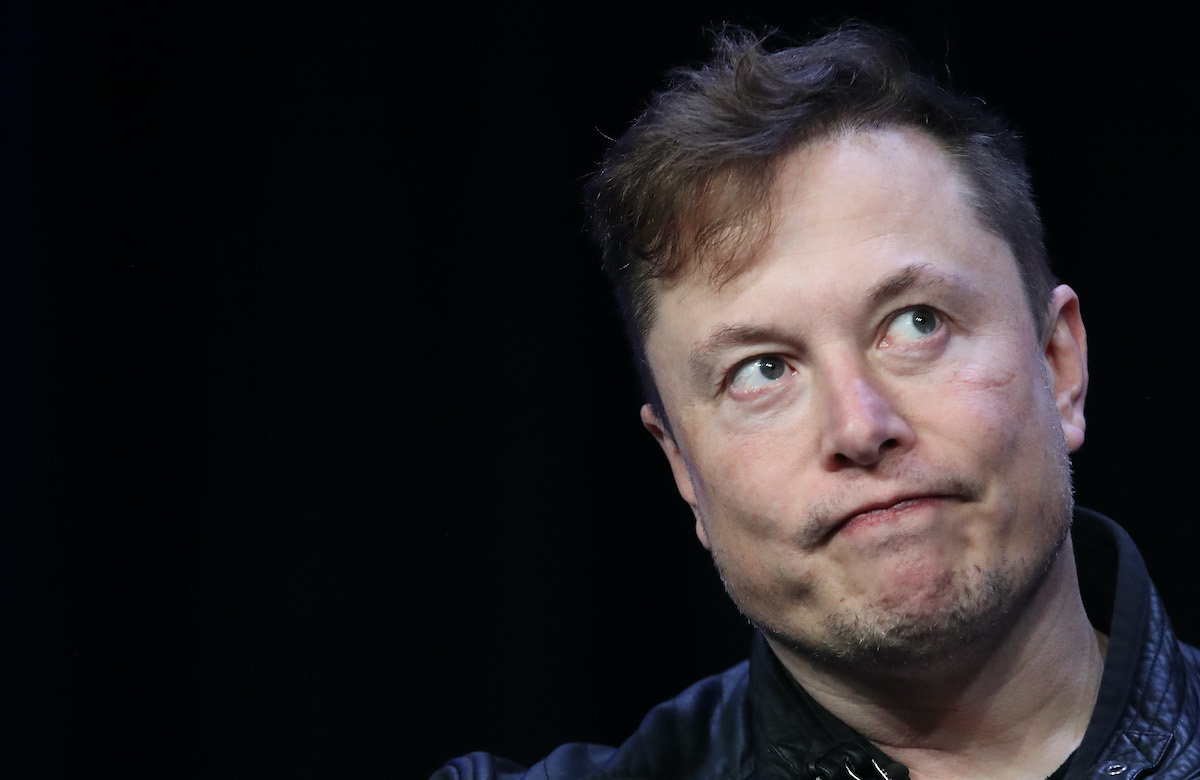Elon Musk’s One Seemingly Good Idea For Twitter Has A Terrible Condition
So close, yet so far

I think it’s safe to say that, ever since Elon Musk’s purchase of Twitter was finalized, it’s been one dumpster fire after another. Many of these fires have been lit by Musk brainstorming, in real time, how to make Twitter a profitable company. The developments have come in rapid succession, and are often retracted just as quickly. In terms of new developments, Twitter announced yesterday that it will now charge access for its API—a very boring-sounding policy shift which might significantly change how Twitter is utilized in the world at large.
Also on February 3rd, Musk announced from his personal account what appeared to actually be a good idea. “Starting today,” Musk wrote, “Twitter will share ad revenue with creators for ads that appear in their reply threads.” At first glance, this means Twitter is finally recognizing that its users are “creators.” Which is a good thing! Creators generate revenue for the site by attracting traffic and then keeping people on the site. This is the same model that other social media behemoths like YouTube and Instagram use. It’s the same model which allows “YouTuber” to be an actual, paying job.
“Wait,” you might think, “what does he mean by ‘ads that appear in their reply threads’?” Indeed, Twitter is planning to add advertisements into reply threads, in addition to where they lay in your normal feed. As much as I’m not looking forward to scrolling past more ads, that move is… okay, I guess. The deeply annoying catch for getting that revenue share lies in who gets it.
Yes, only subscribers to Twitter Blue Verified will be able to monetize their ads. Twitter Blue Verified is the newest version of Musk’s ever-rolling experiments with paid verification systems, at least one of which was literally mocked out of existence after about an hour. Under the current iteration, you can pay $8 a month or $84 a year to get a little blue check mark next to your name. Other than the new revenue share, Twitter Blue Verified also allows you to upload longer and higher-quality videos. As John Oliver would say: cool.
Simply put, there’s no way to know if you can generate enough revenue from Twitter Blue Verified to make back that $84 investment. Musk says Twitter will be taking away “legacy” verified marks in the coming months, meaning that you will have to pay. Meanwhile, advertisers have actively been pulling out of Twitter in recent months, cutting down your (yes, your) potential sources of revenue. Even beyond that, it’s impossible to tell how much money a completely new system generates. If I were Musk in this instance and really wanting to put revenue sharing behind a paywall, I would prove the system was worth paying for by making it free for an introductory period of time.
That’s if putting revenue sharing behind a paywall for content creators was the norm. Which it’s not. Neither YouTube nor Instagram require creators to pay a subscription fee to monetize their ads. There is a pressure to pay to promote content, but you don’t have to pay in order to receive payment. The requirements for revenue share are generating a certain about of traffic and having a certain amount of subscribers. Basically, if you’re attracting a lot of people to the site, you’re entitled to some of your ad revenue. After all, you’re helping the website by attracting that traffic.
By contrast, this policy says that the traffic and retention generated by your content is only worth paying out if you buy in. Which feels… icky, right?
Like so many fleeting ideas which have been recklessly tried out on Twitter in real time in the last few months, I doubt this is going to work as planned.
(Featured image: Win McNamee/Getty Images)
Have a tip we should know? tips@themarysue.com